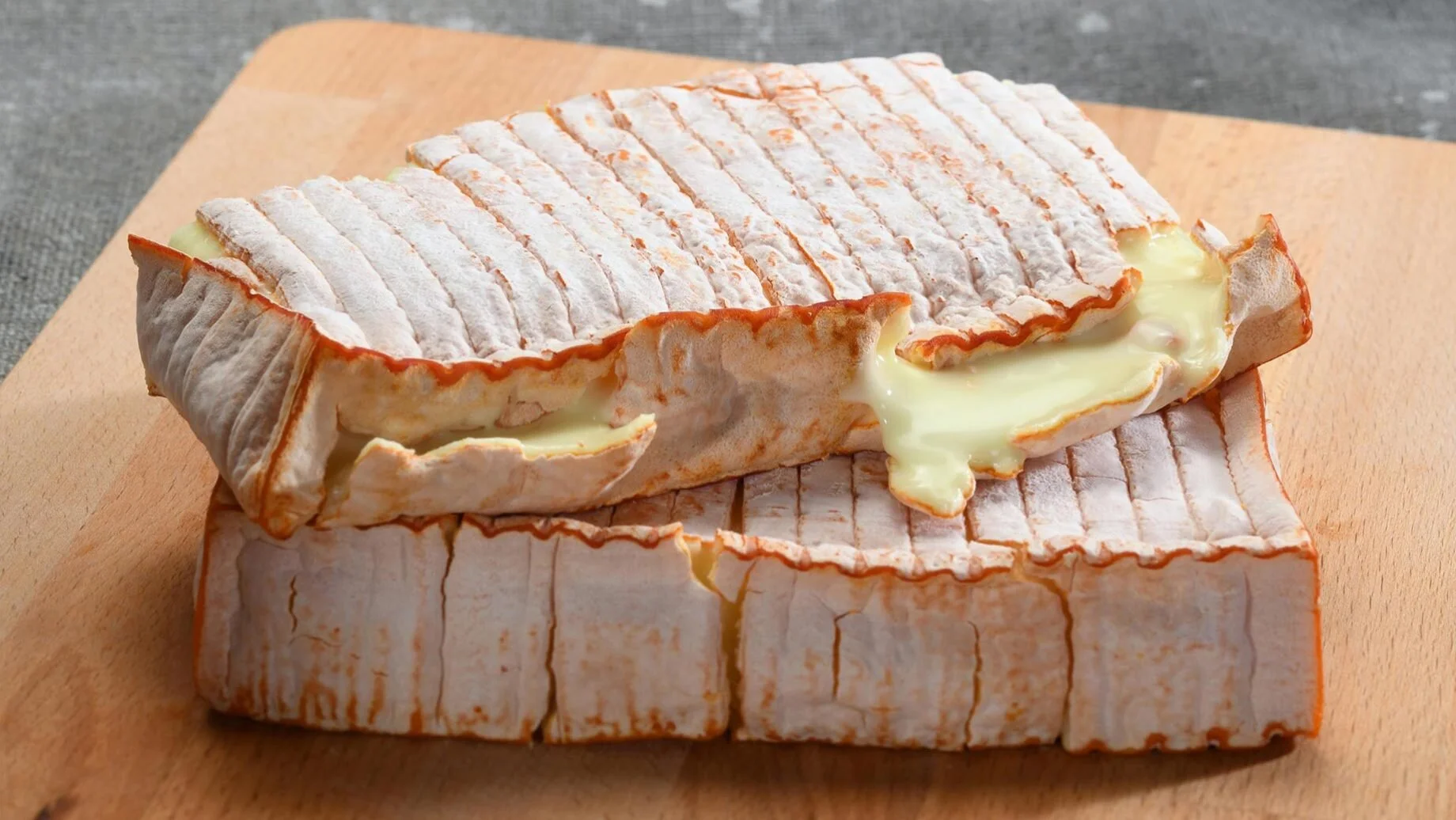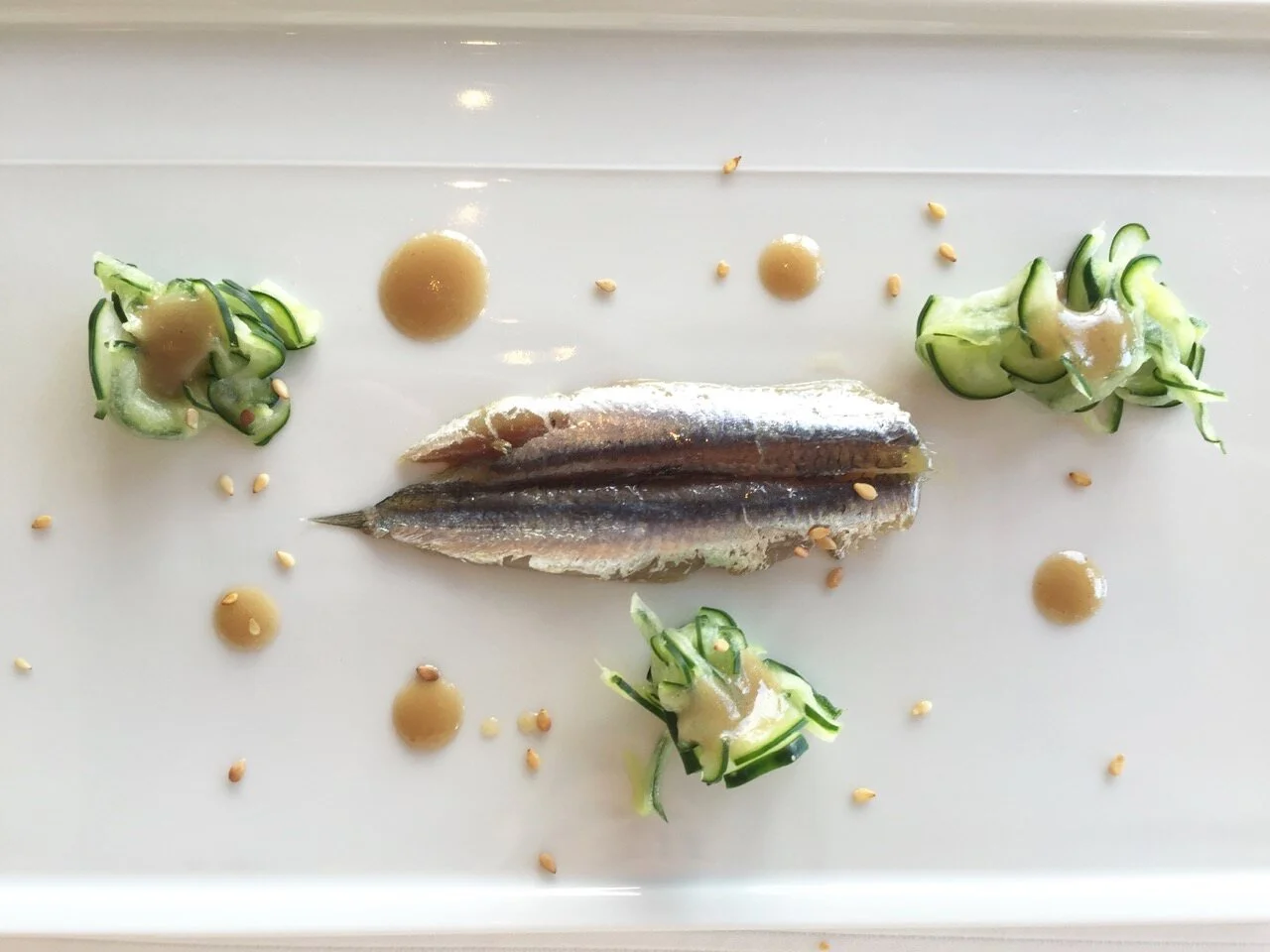World Cheese Encyclopedia - Each Sunday learn all about a new cheese. This week Boulette d’Avesnes from France.
Photo: CC Ancalagon
Country: France 🇫🇷
Region: Avesnes
Made from: Cow’s milk
Pasteurised: No
Texture: Creamy, smooth
Taste: Spicy, pungent
Certification: No
Ageing: sold fresh, aged 30 days or sometimes aged up to 3 months
Boulette d’Avesnes takes its name from the small town of Avesnes on the border of France and Belgium. Boulette d'Avesnes is a cow's milk cheese with a long history and profound smell and flavour. The cheese has a distinctive cone shape (although the word boulette in French translates more literally to pellet or ball) which is moulded by hand.
The cheese is usually flavoured with paprika, parsley, pepper, tarragon, or cloves and also traditionally covered in paprika, or annatto (a natural food colouring) – which gives it its red colour. It has a washed rind and is washed with beer weekly if and when it is being aged. Most boulettes are sold fresh and are supposed to be eaten within 30 days, but they can also be aged in ripening cellars for a few months.
The cheese is yellow or red on the outside and the rind is very thin and delicate. The paste is yellowish-white with some flecks of green due to the herbs used for flavouring. The taste is remarkable and completely unique – pungent, a bit spicy, with some sour notes. The texture is soft and crumbly.
History
Boulette d’Avesnes goes back at least to the 16th Century, when the Benedictine Monks of the Abbey of Liessies, a monastery in the North of France, wrote about a "bouille d'ammage" or “cone of cheese”. They also mentioned that August was the “time of cones” as it was during this time that the locals would make the cones of cheese.
Boulettes were originally produced from buttermilk as a by-product of butter making. Or from the leftovers of other cheeses such as Maroilles. The story goes that when the Boulette d'Avesnes was first made, the left-overs of Maroilles cheese would be left sitting on a windowsill to dry for an entire month. After that, the cheese would be washed in beer and then left in a cellar for three months. Nowadays, the cheese is mostly sold fresh or aged up to 30 days.
Photo: Belgian Beer Tourism
How to enjoy it
Boulette d’Avesnes has a very strong and distinct flavour. Most people either love it or hate it, but you should certainly try it. Because of its strong flavour, it goes well with a Belgian beer like a Chimay, you can try it with gin, or with a robust red wine that can stand up to the powerful flavour of the cheese. We recommend trying a Corbières.
Sources: cheese.com, La Cuisine Paris, fromages.com, Wikipedia, Belgian Beer Tourism
Have you always dreamed of becoming a better cook? Now you can with our online video cooking classes
































